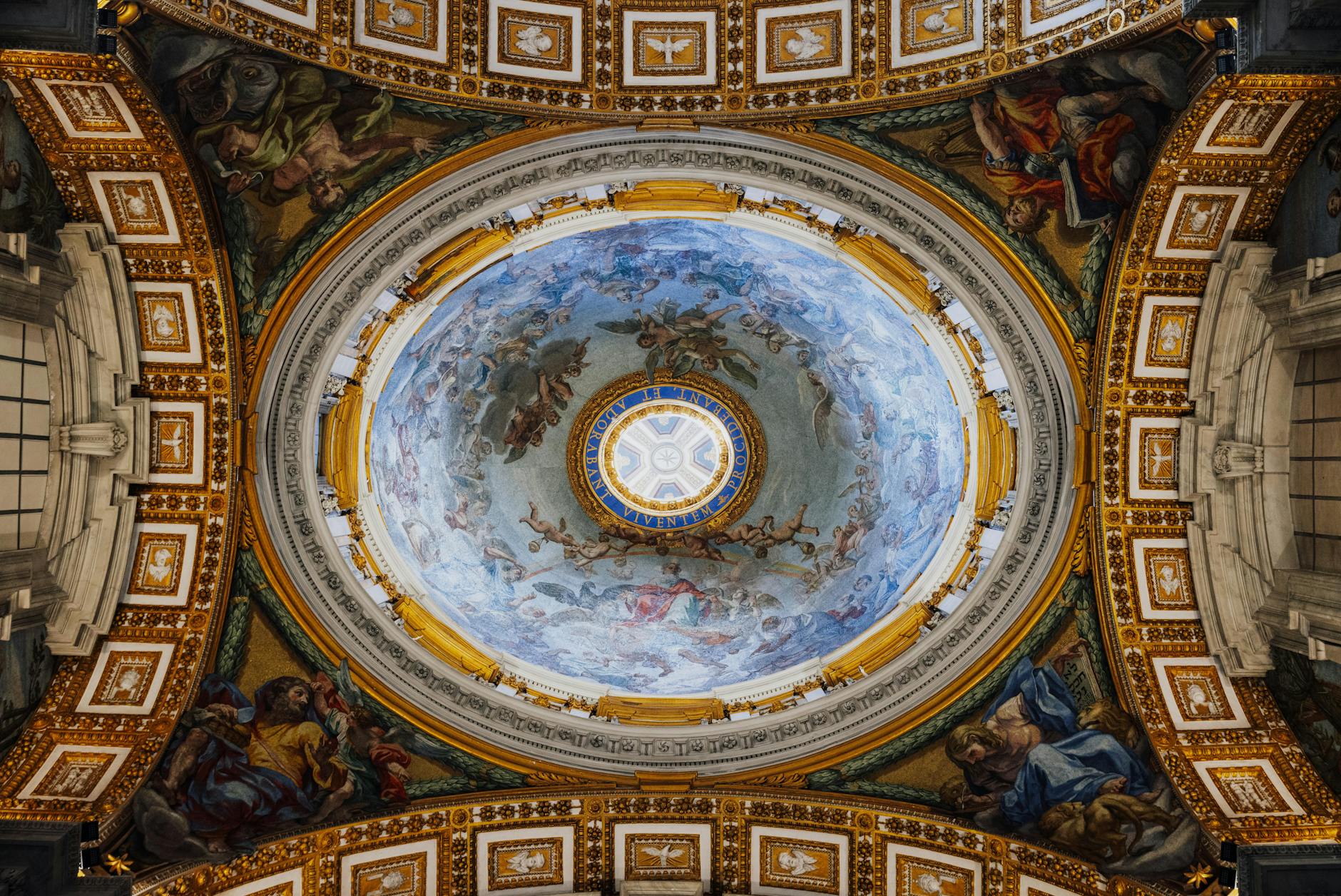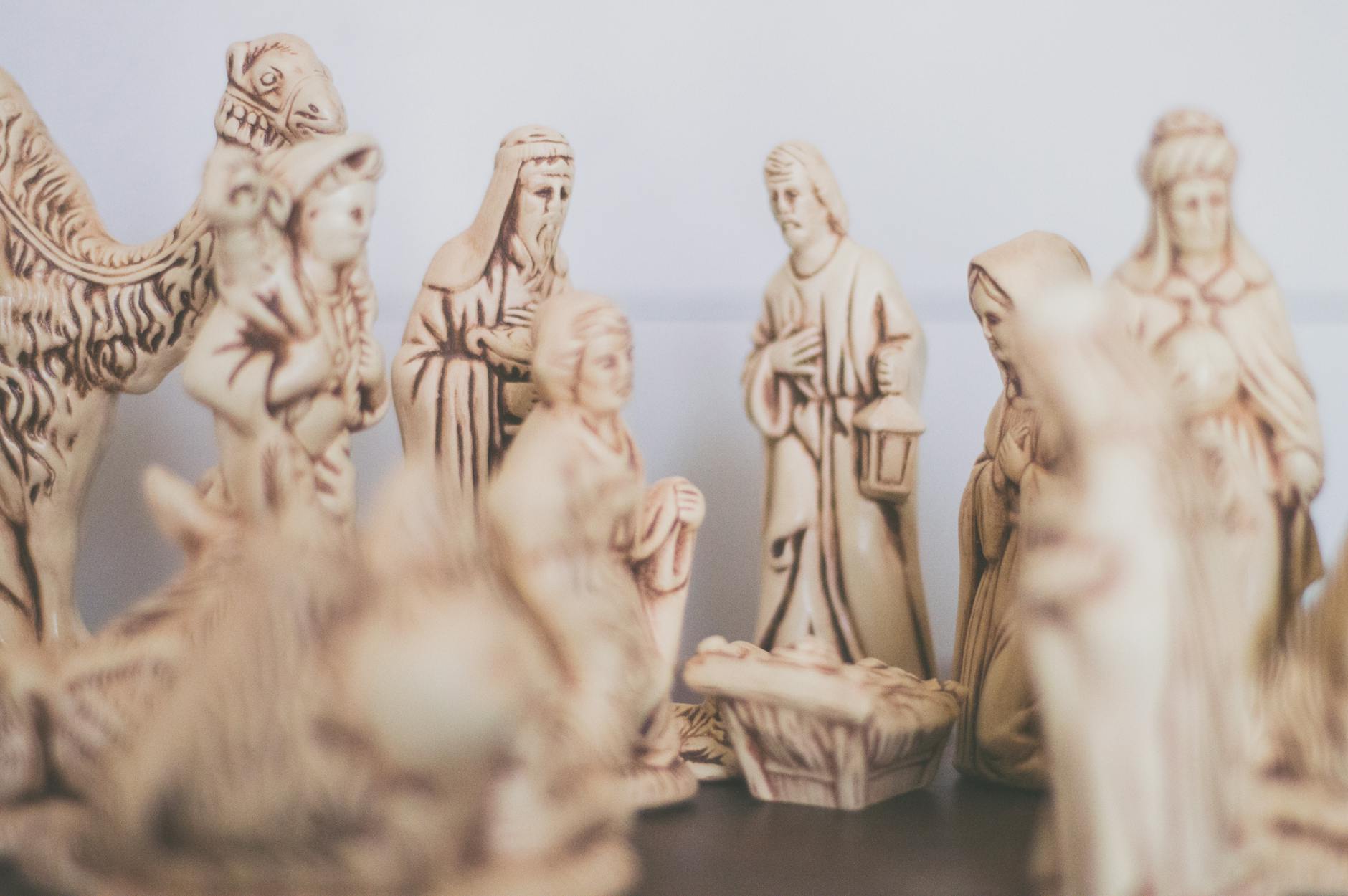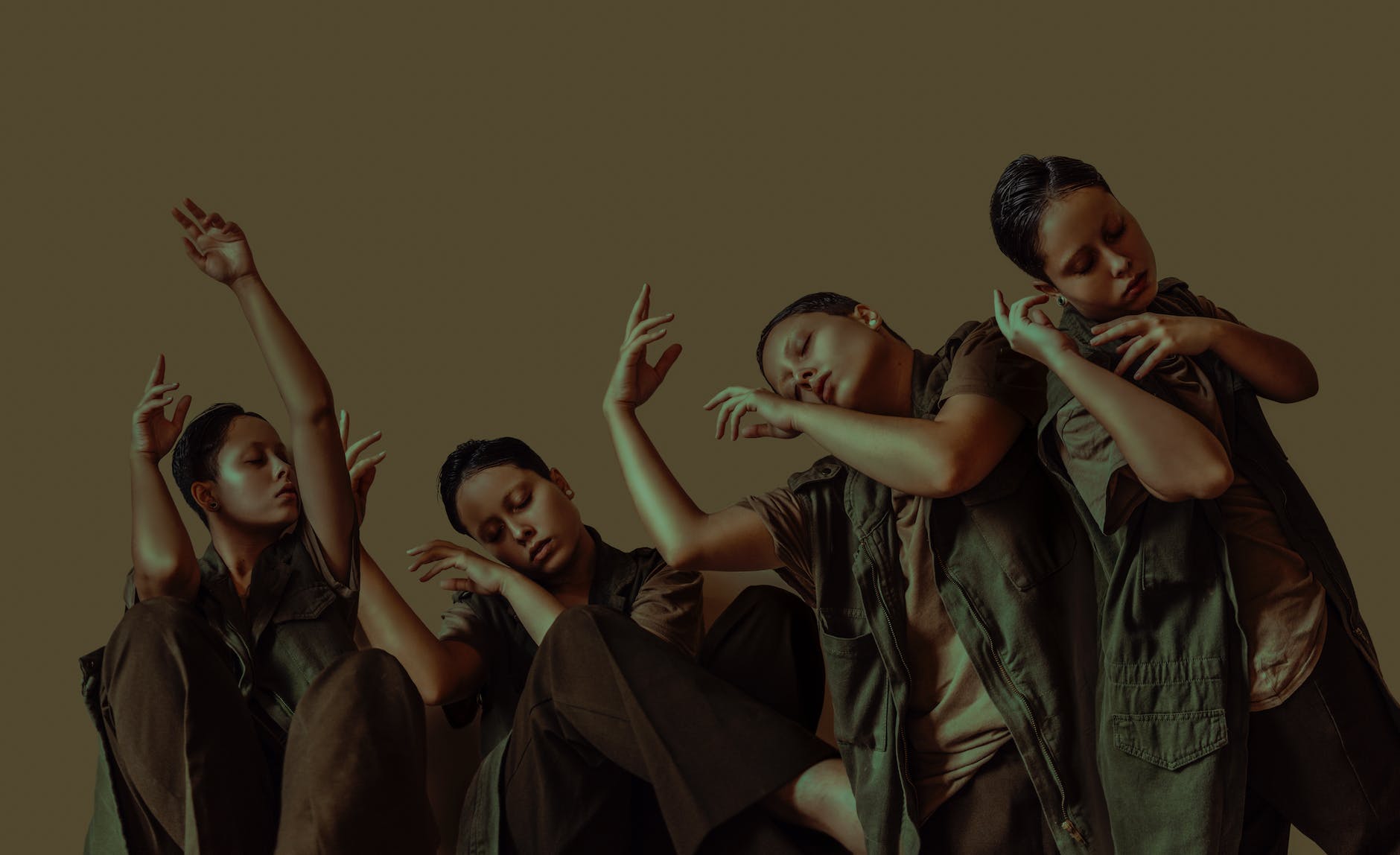The Surrealist movement, born in the tumultuous years following World War I, sought to reject rational design and access the deep-hidden truths of the subconscious through art. Its pioneers, including Salvador Dali and Andre Breton, used a variety of techniques to catalyze this exploration of still untapped dreamscape, including automatic writing, manipulation of found objects, and what Andre Breton termed “pure psychic automatism.”[source] Yet, perhaps the most potent thread of influence interwoven into the fabric of Surrealist art came not from any aesthetic tradition, but a decidedly unconventional source: psychedelics.
The interplay between psychedelics and Surrealist art is a fascinating dive into a universe of enhanced perception, irrationality, and the subconscious. To fully understand this relationship, it is essential first to recognize the shared underpinning of both movements—a deep interest in exploring the borders of consciousness and the far reaches of the human mind. Both psychedelics and Surrealism aim to free the mind from its chains, bringing forward the vivid, fantastical, and sometimes nightmarish landscapes of the subconscious.
Psychedelics, such as LSD and psilocybin mushrooms, dramatically alter the user’s perception, allowing for the breakdown of constructed realities and a reshaping of consciousness. It is this shared focus on the ‘dreamlike’ exploration of the mind that entwines psychedelics and Surrealism so tightly, as both modalities strive to thrust the inherent irrationality and fantasticality of the subconscious mind into the spotlight. This ‘unlocking’ of the mind’s hidden depths has often found expression through Surrealist artwork, with its otherworldly landscapes, fluid, melting forms, and uncanny creature amalgams.
Take, for instance, Salvador Dali, a giant within the Surrealist camp and a vocal proponent of a bridge between Surrealism and psychedelic experiences. Dali was known to use a “dream method” of hallucination — a technique he borrowed from Capuchin monks — to slip into a trance-like state where reality would meld with the irrational.[source] While he didn’t consume psychedelics in the traditional sense, traits of his work — like the melting clocks in “The Persistence of Memory” — share the deeply altered perceptions often associated with psychedelic experiences.[source]
Simultaneously, Andre Breton, the “Pope of Surrealism”, introduced automatic writing as a means to bypass conscious thought and access the subconscious mind. Automatic writing, akin to a psychedelic journey, helps to break down egoic constructs and tap into an endless well of creativity and insight beyond the purview of our day-to-day consciousness.[source]
Even today, the influence of psychedelics on Surrealist art is tangible. An increasing number of artists identify their use of psychedelics as central to their creative process, pointing to a direct link between tripping and tapping into that peculiar, dreamlike Surrealist aesthetic.[source]
In conclusion, the influence of psychedelics on Surrealist art is a fascinating area of exploration. Even as our understanding of both psychedelics and the subconscious continues to evolve, their shared emphasis on unchaining the mind and probing its hidden reaches continue to blur the boundaries between reality and illusion, rationality and irrationality, consciousness and the dreaming mind. Thus, the marriage of psychedelics and Surrealist art is arguably more than an incidental convergence of two cultural phenomena—it symbolizes a concerted, albeit unconventional attempt to illuminate the sprawling landscapes of human consciousness.








